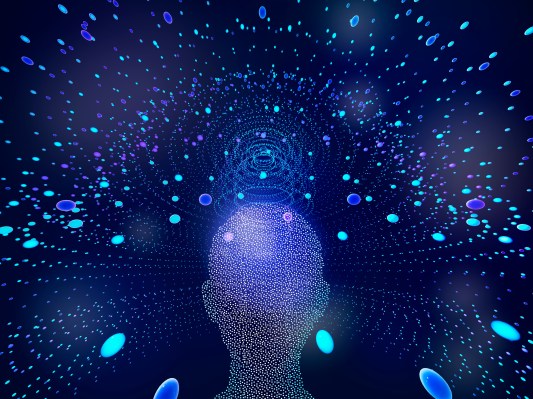Zora, an NFT-based social network platform, is continuing its expansion beyond the crypto-sphere into the hot artificial intelligence market, Dee Goens, the startups’ co-founder, said on Chain Reaction.
Not to be confused with Sora, the text-to-video tool offered by OpenAI, Zora aims to help creators, brands and artists better monetize their content through NFTs. Last month, Zora had “just under” half a million monthly transacting users and in the last 30 days, creators on Zora made over $1.3 million by posting their content, Goens said. We also posted this episode with Goens on Zora, check it out here.
The Zora Network is built on top of the layer-2 blockchain Optimism, which focuses on growing the Ethereum ecosystem. Since it was founded in 2020, Zora has had over $300 million in secondary sales, users have minted, or posted, over 4 million NFTs and it has about 1 million unique collectors, according to its website.
But there’s more work to be done. Zora co-founder Jacob Horne and Goens see crypto and AI as two complementary technologies that can benefit from one another.
“Crypto wants information to be on-chain so that it can be valued and add value to the system,” Goens said. “And then AI wants information to be on-chain so that it can be freely accessed and utilized by the system. So we’re on this kind of collision course where we want to put more stuff on-chain, in order to effectively add value, create value.”
Simply put, in order to train its models and grow, AI needs access to more information and crypto wants information on-chain to grow its ecosystem.
“We need systems that can help bring all of these things on-chain and that’s what we’re trying to do at Zora,” Goens said. It is trying to create a platform that ushers in the transition of AI onto blockchains.
Earlier this week, Zora launched the ability for creators to use AI to mint, which is jargon for recording or posting a transaction on the blockchain, on its platform. This means someone can type what they want, have the image be generated almost instantly and mint it shortly thereafter, Goens shared.
“This is a zero to one moment, one of the first passive income streams for the creators of large language models like Stability AI,” Goens said. This means these AI creators have the ability to capture value from their models’ outputs when people mint them and the payouts are split in half automatically. “We’re really excited to usher in an era where model creators, not just the creators of the output, but the model makers themselves, also have a way to reap the rewards of creativity that they’re helping to produce.”
In general, Goens said he sees a lot of demand from the NFT creator side for more AI functionality and tooling. “This is a net new thing in many ways and I think they’re excited to innovate.”
In the future, he said he sees an opportunity for blockchains to help verify, authenticate and prove the ownership of creations — not just for models, data and information, but the origin of the media itself.
“I think crypto could survive without AI in its current trajectory,” Goens said. But he thinks AI needs blockchains to bolster its narrative around verification and authentication — and he’s not the only person who thinks that.
“I’m excited to see the models on-chain and see more open sourcing of these models, so that we can all have the opportunity to investigate and inspect them in a way where we can make an informed decision,” Goens said. “That opens up an opportunity for us to put our money where our mouth is.”
This story was inspired by an episode of TechCrunch’s podcast Chain Reaction. Subscribe to Chain Reaction on Apple Podcasts, Spotify or your favorite pod platform to hear more stories and tips from the entrepreneurs building today’s most innovative companies.
Connect with us:
- On X, formerly known as Twitter, here.
- Via email: chainreaction@techcrunch.com
